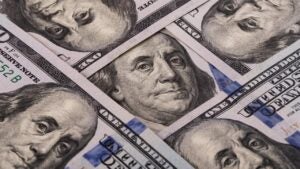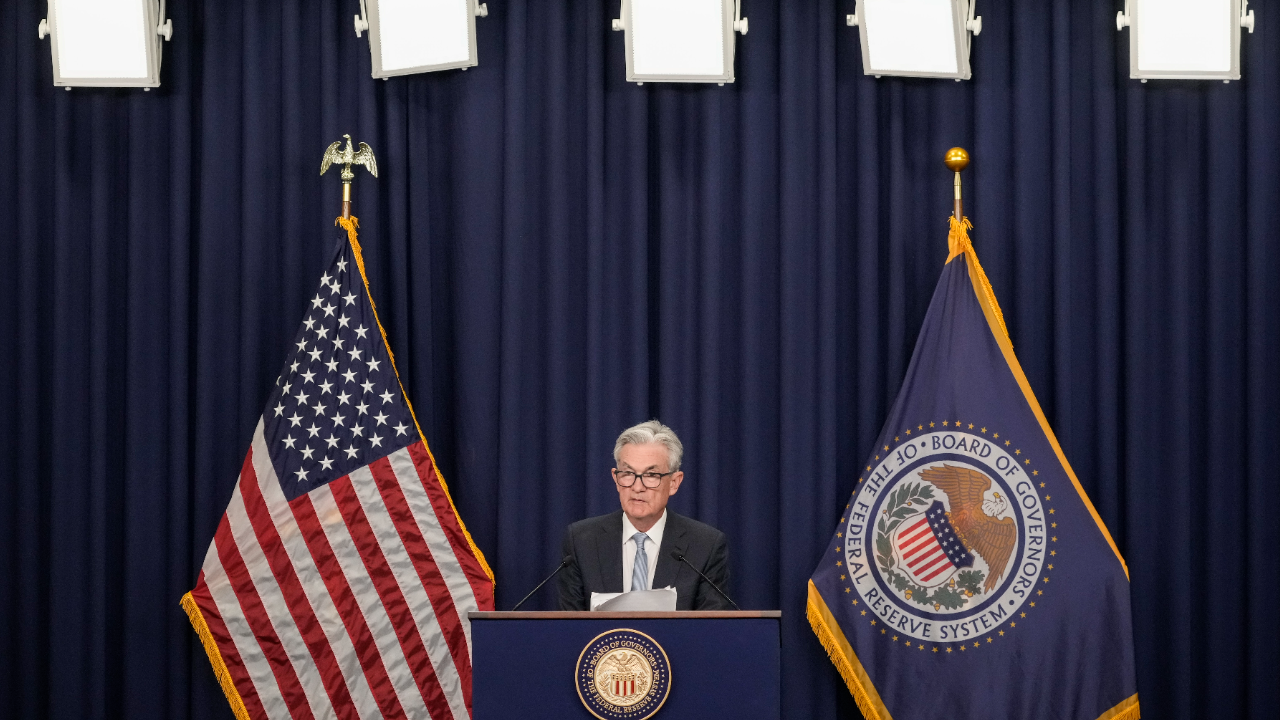Fed sticks with zero interest rates, even as inflation concerns mount
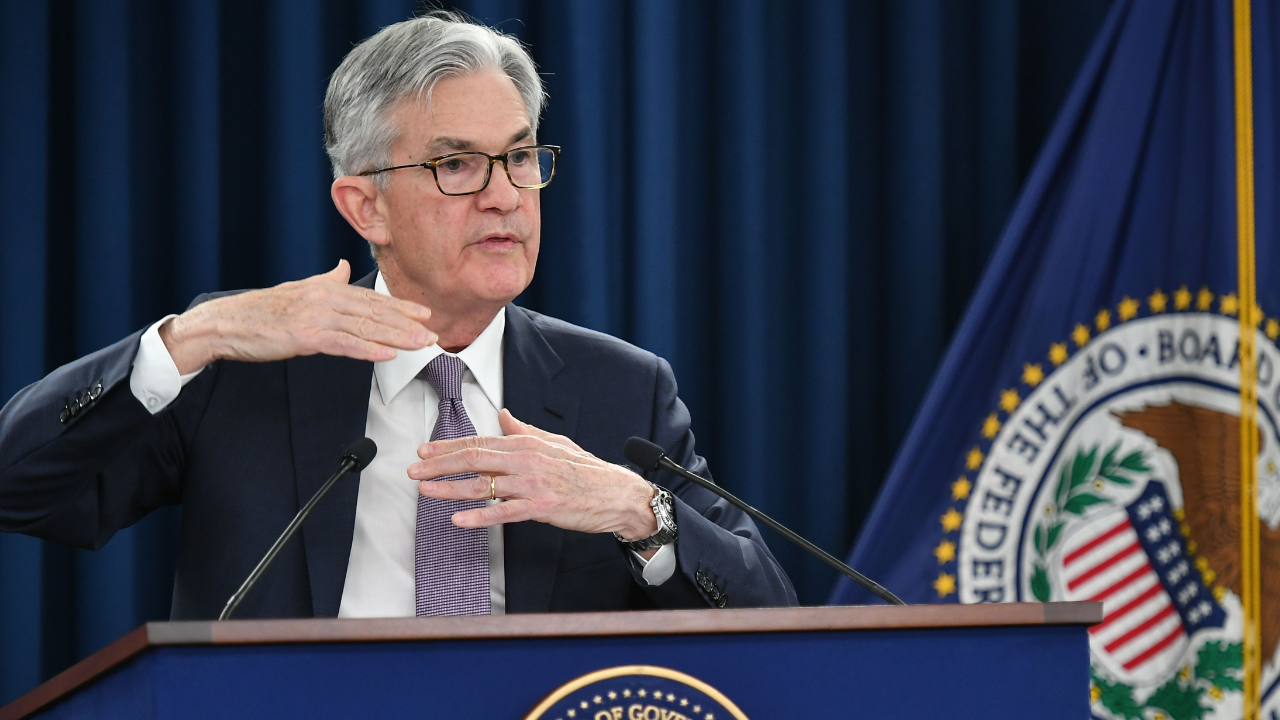
The Federal Reserve on Wednesday left interest rates alone and made no changes to its bond-buying plans, reiterating that it’s still in the midst of tackling the coronavirus crisis even while admitting that the U.S. economy is revving back to life and generating inflation.
“Amid progress on vaccinations and strong policy support, indicators of economic activity and employment have strengthened. The sectors most adversely affected by the pandemic remain weak but have shown improvement,” officials wrote in their post-meeting statement, key changes since officials’ last rate-setting meeting. “Inflation has risen, largely reflecting transitory factors.”
In another notable upgrade, officials stopped short of saying the pandemic poses “considerable” risks to the economic outlook, language that they’ve used since April 2020.
For consumers, that means you’re unlikely to see any changes in how much it costs to buy a home or a car, while savers still won’t be rewarded much for stashing their cash away in a savings account or certificate of deposit (CD). The move means the Fed’s benchmark borrowing rate will hold in a target range of 0-0.25 percent, where it’s been for 13 months after the U.S. central bank in March 2020 jumped in to shield the U.S. economy from the pandemic.
But with a faster pace of vaccinations and a post-pandemic spending boom on the horizon, the Fed’s patience could be challenged.
Officials have a dual mandate of maximum employment and stable prices, two economic goals that have long held an inverse relationship. A hotter economy risks leading to inflation but also might create the booming U.S. labor market backdrop officials desire. In the coronavirus pandemic’s case, that could incentivize the four million-plus labor force dropouts to reenter the job market while also helping the nearly 10 million jobless Americans find their way back to a paying position.
Fed officials have emphasized that they see price pressures as being more temporary in nature, generally caused by supply-chain bottlenecks and below-average pandemic inflation readings dropping out of the picture.
Even so, your wallet could still be sensitive. The Fed might also find itself between a rock and a hard place in the months ahead, with the worst of Fed watchers’ worries being that officials will have to sacrifice their labor market goals to get prices under control, yanking away their extraordinary levels of accommodation earlier than expected.
“With rising prices already being seen for everything from cars to corn, inflation is here, at least in the short-term,” says Mark Hamrick, Bankrate senior economic analyst and Washington bureau chief. “The central bank is asking everyone to take it on faith that so-called transitory inflation will not morph into something more persistent or sustained. It is no secret that the economy continues to improve with solid prospects for further growth and rising employment. Officials want to see further positive outcomes even amid the improving outlook.”
Stronger economic rebound could put Fed’s ultra-low rates to ultimate test
Even amid inflation frets, officials’ in their March projections (the most up-to-date) saw interest rates at zero through at least 2023, though a growing number of Fed officials are starting to recognize the possibility of a rate hike. Just four out of 18 policymakers project at least one rate hike in 2022, while seven saw at least one increase in 2023. That compares with December 2020 projections, which showed that just one official who saw one rate hike in 2022 and five who saw at least one in 2023.
Officials have reiterated that their approach with interest rate increases depends on “actual” progress, rather than projected gains. In other words, officials aren’t in the game of preemptively hiking interest rates just because they think the U.S. economy is going to heat up, as U.S. central bankers did during the economic recovery from the Great Recession a decade ago.
Yet that actual progress might soon come into view, when the Department of Commerce announces first-quarter Gross Domestic Product (GDP). A widely watched tracker out of the Atlanta Fed shows the U.S. economy growing at a 7.8 percent annualized pace in the first three months of 2021.
Still, the U.S. economy has lots of ground left to recover, with just 63 percent of the 22.2 million pandemic-related job losses having returned and 43 percent of jobless individuals out of work for 27 weeks or more.
While not an accurate predictor of Fed policy, CME Group’s FedWatch tool shows that about 10 percent of investors are betting that the Fed will have to raise interest rates at every remaining meeting in 2021.
Fed Chairman Jerome Powell made it clear during a post-meeting press conference that officials still don’t think it’s time for a rate lift off, even as inflation is picking up.
“While the recovery has progressed more quickly than expected, it remains uneven and far from complete,” Powell told journalists. “A transitory rise in inflation above 2 percent this year would not meet this standard.”
All eyes on Fed’s plans to ‘taper’ bond-buying program
But the Fed isn’t just in the game of keeping its benchmark federal funds rate low. Helping to keep borrowing rates in-check for the types of interest rates that the Fed doesn’t normally control (i.e. mortgage rates) is a massive bond-buying program that’s caused the Fed’s total assets and liabilities to balloon to $7.7 trillion, its largest levels in history.
Since June 2020, the Fed has been buying at least $120 billion a month worth of U.S. Treasury securities and mortgage-backed securities. The Fed has said they’d continue buying assets at this pace until the economy makes “substantial further progress” toward the Fed’s goals: inflation that averages to 2 percent and maximum employment.
Powell in a mid-February address with the Economic Club of Washington, D.C., indicated the Fed would adjust those plans — a process known as “tapering” — “well before” the Fed judges that it’s time to raise interest rates.
“It is not time yet,” Powell said of tapering at the post-meeting press conference. “The economy is a long way from our goals, and it is likely to take some time for substantial further progress to be achieved.”
Yet, it’s unclear just how much longer the Fed can get away with dodging the taper talk. Fed watchers and market participants are bound to start putting pressure on the Fed to more specifically define what “substantial further progress” means as the economy rebounds.
Officials will want to give investors plenty of time to digest those conditions. The ultimate goal is to make sure that tapering doesn’t stir up an intense negative reaction, tightening financial conditions and echoing pains that former Fed Chair Ben Bernanke encountered back in 2013 when the economy started to bounce back from the financial crisis.
What this means for you
If you’re concerned about inflation as an investor, most say the threat of higher prices shouldn’t cause you to change course all that much. To safeguard your asset values, keep a diversified portfolio that includes some historically inflation-safe investments, from dividend-paying stocks and preferred stocks to real estate investment trusts. That also means trying to avoid keeping too much cash parked in a fixed-income investment, which tends to be more sensitive to price increases. Consumers worried about their eroding purchasing power should still keep enough cash on hand to cover emergencies.
With the Fed keeping its bond-buying plans intact, mortgage rates are unlikely to rise too drastically above their historically low levels. If you’re still considering refinancing or purchasing a home, you have time on your side.
Experts don’t, however, suggest waiting too long, given that a stronger economic bounce back could cause longer-term borrowing rates to trickle up. A similar phenomenon occurred in early February, with the 30-year fixed-rate mortgage benchmark (the 10-year yield) rising to levels not seen since before the pandemic as investors reacted to news of a sharper economic recovery.
“No change in the federal funds rate does not mean there will not be a change to mortgage rates,” says Odeta Kushi, chief economist at First American who specializes in the housing market. “Demand in safe-haven assets such as government bonds weakens when investors feel more optimistic about the economy. As the economic outlook brightens, the 30-year, fixed-rate mortgage may continue to climb alongside the 10-year Treasury.”
Consumers with high-cost debt should take steps now to eliminate their overhanging balances. If you have a credit card balance, you might want to consider whether a balance-transfer card is right for your individual financial situation. Analyze how much transferring your balance would cost and compare that with how much you’d save in interest payments over time.
It’s no guess that consumers are eager to get back out in the world, after spending more than a year in coronavirus-related lockdowns. But the devastating outbreak is a reminder of the importance of keeping your spending in check, so you can still manage to fulfill other pertinent financial goals such as building up an emergency fund worth six to nine months of your expenses and saving for retirement.
It’s no secret that yields on certificates of deposit (CDs) and savings accounts have come down dramatically since the start of the coronavirus crisis in March 2020, but consumers who are willing to shop around are still likely to find a yield on the market that’s eight times the national average of a brick-and-mortar bank.
While it’s fiscal policy that offers a more direct line of relief to jobless Americans’ wallets (from unemployment benefits to stimulus checks), the Fed’s patient approach to interest rate increases as the economy moves past the coronavirus outbreak could foster an equitable labor market recovery.
With stimulus checks already hitting many consumers’ bank accounts and talks about a fourth relief check picking up, consider allocating any stimulus money to any outstanding debt balance or investing goals. Biden is set to unveil his American Jobs and American Families plans late Wednesday.
“Multiple rounds of federal stimulus or relief legislation have helped to fuel the burgeoning economic recovery,” says Hamrick. “What remains to be seen is how long Powell and his colleagues will remain patient in doing their part to hit their employment and inflation targets through continuing asset purchases and low interest rates. As a result, they’re requiring patience on the part of consumers, business leaders, and investors in awaiting further guidance on monetary policy.”
Learn more:
- Winners and losers from the Fed’s latest decision
- 3 ways savers can handle falling interest rates
- 7 ways to help recession-proof your finances after coronavirus crisis
Why we ask for feedback Your feedback helps us improve our content and services. It takes less than a minute to complete.
Your responses are anonymous and will only be used for improving our website.
You may also like
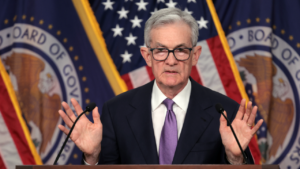
Fed lowers interest rates with surprising jumbo half-point cut
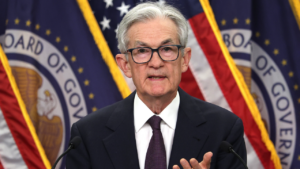
Fed holds interest rates steady, resisting pressure from Trump



